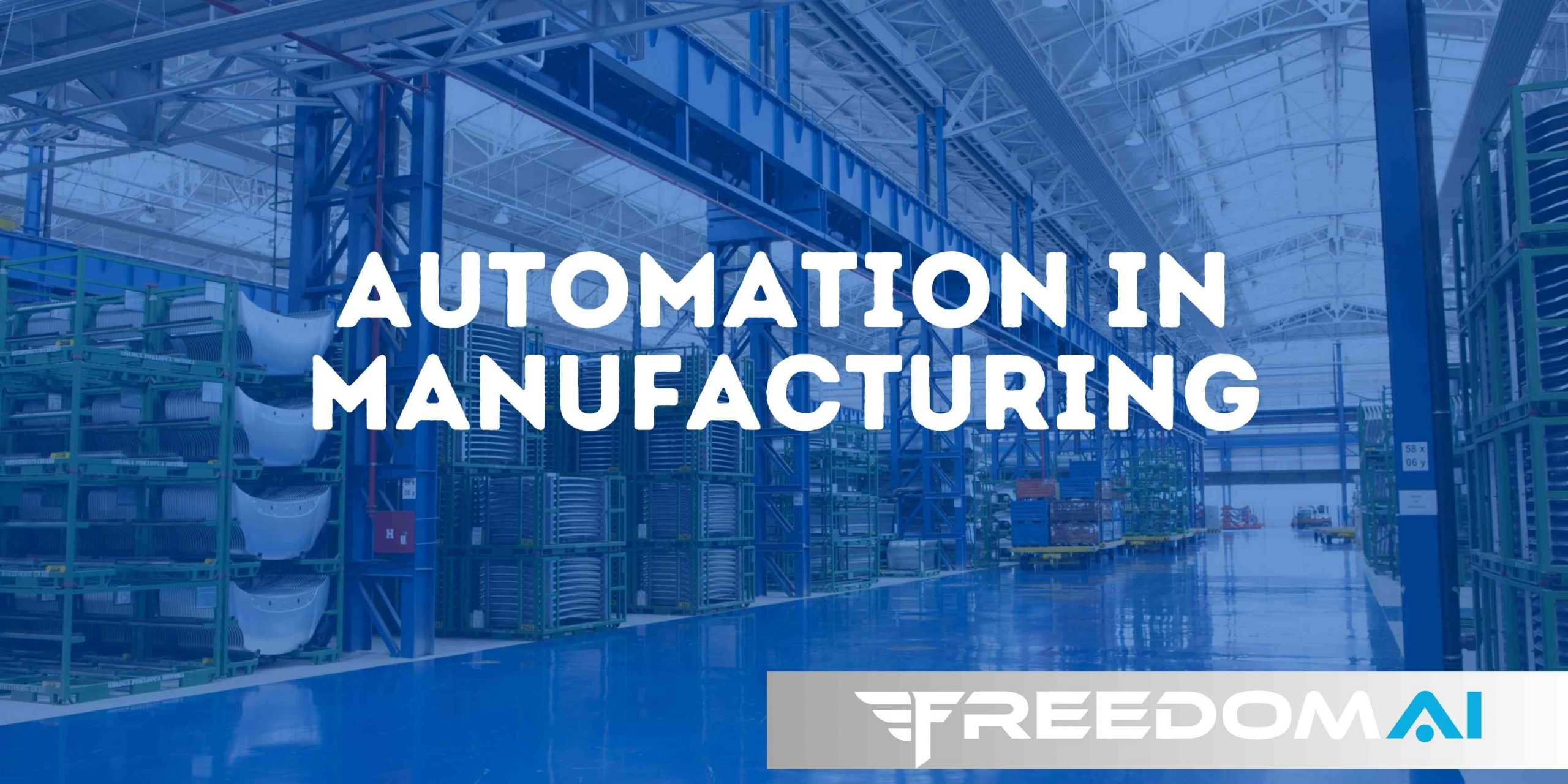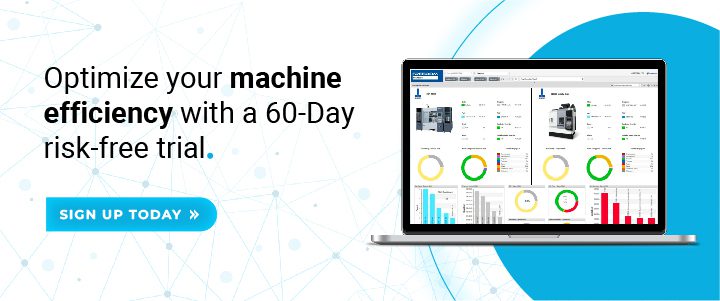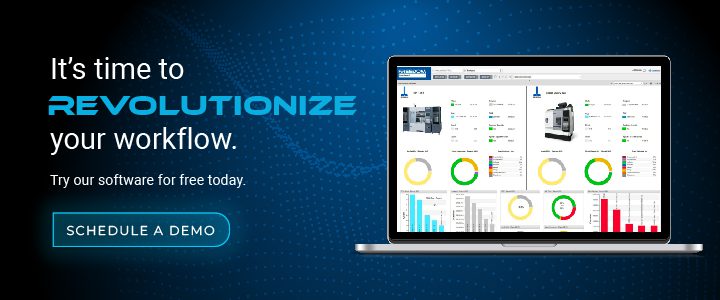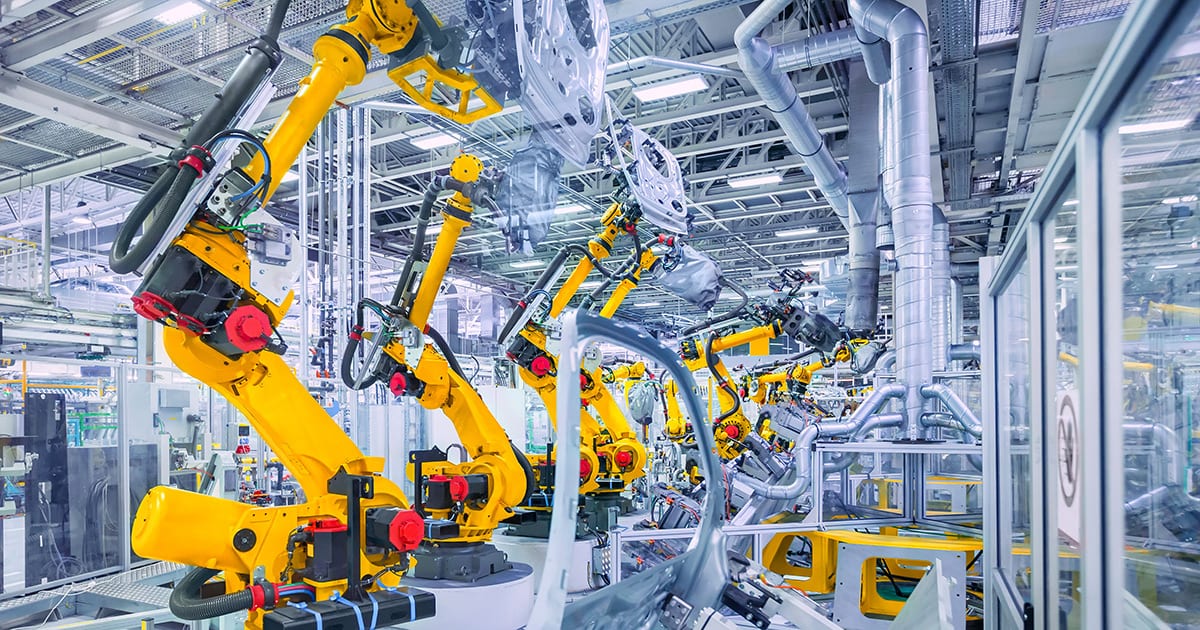The Critical Role of Automation in Contemporary Manufacturing
Automation has cemented itself as one of the most transformative and indispensable facets of the modern manufacturing sector. As the Fourth Industrial Revolution continues to unfold rapidly, manufacturers worldwide are actively seeking ways to integrate sophisticated automation solutions within their production environments. This pursuit promises to deliver immense value in helping manufacturers bolster quality, enhance consistency, minimize errors, reduce costs, and substantially increase overall output and efficiency.
With the proliferation of disruptive technologies like artificial intelligence, machine learning, and the Industrial Internet of Things (IIoT), automation is steadily evolving from being a competitive advantage to an outright necessity for manufacturers looking to thrive in today’s landscape. To fully capitalize on the benefits of automation, manufacturers need an intelligent solution that can seamlessly unify their enterprise operations and extract actionable insights from machine data. This is where FREEDOM®AI comes into the picture. FREEDOM®AI is an innovative automation platform designed to help manufacturers optimize their operational efficiency at scale.
Types of Automation in Manufacturing
Programmable Automation
Programmable automation refers to machines or equipment that can have their functions altered through programming, as opposed to only being capable of pre-set operations. Programmable automation allows for more flexibility and adaptability than fixed or hard automation.
Some key examples of programmable automation include:
Programmable Logic Controllers (PLCs)
PLCs are digital computers used for electro-mechanical process control. They can be reprogrammed to change control logic, timers, counters, and sequences. PLCs automate manufacturing processes like assembly lines, robotic devices, and various mechanical equipment.
Industrial Robots
Robots designed for manufacturing environments are programmable to carry out repetitive or dangerous tasks. Their movements and functions can be changed by altering code, allowing for deployment across various applications.
Computer Numeric Control (CNC) Machines
CNC machines like mills, lathes, and grinders have their motions and machining operations controlled by coded instructions. Operators can modify the programming as needed to create different parts.
Automated Guided Vehicles (AGVs)
AGVs are programmable driverless vehicles like pallet trucks used to transport materials in facilities. Their routes and destinations can be altered by changing the control software.
The key benefit of programmable automation is flexibility – the ability to adapt and optimize equipment functions and workflows through modifications to code and programming. This allows manufacturers to respond quickly to changes in product lines, production needs, or plant layouts. Programmable automation maximizes asset utilization while minimizing downtime.
Fixed Automation
Fixed automation refers to automation systems that are designed to repeatedly produce identical products over long production runs. These systems are engineered to perform dedicated tasks and specialized functions.
Fixed automation systems are highly efficient at high volumes, producing consistent and high-quality output. They involve large capital investments in custom machinery, assembly lines, and tooling that is tailored to manufacture one product. While the upfront costs are substantial, fixed automation delivers exceptionally low unit costs at scale.
Common examples of fixed automation include automobile assembly lines, semiconductor fabrication, and consumer goods packaging. On an auto assembly line, each station is equipped with specialized automation like welding robots or paint-spraying machines to enable rapid, repeatable steps in the production process. In semiconductor fabs, expensive lithography machines imprint integrated circuits onto silicon wafers using a fixed, unchanging process. Consumer goods often rely on fixed automation for functions like filling bottles or inserting products into plastic clamshells at very high speeds.
The tradeoff with fixed automation is a lack of flexibility. Significant retooling is required to switch over a fixed system to make a different product. Lead times stretch into months or years. As such, fixed automation works best for stable, high-volume products with steady demand. The initial investment pays off over years or decades of continuous production.
Flexible Automation
Flexible automation represents the pinnacle of contemporary manufacturing agility and adaptability. This form of automation utilizes programmable machines and equipment that can be readily changed over to support dynamic production needs.
Rather than being restricted to a singular process, flexible automation allows manufacturers to adjust equipment programming and functionality for different products and shorter production runs. This enables scaling up or down swiftly in response to fluctuating customer demand.
Critically, flexible automation systems leverage sensor technologies and machine learning capabilities to self-adjust equipment performance. This autonomous optimization prevents disruptive manual reconfiguration of machines when shifting between product lines or SKUs.
Flexible manufacturing cells featuring this smart, nimble automation are ideal for mixed-model assembly and handling a broad range of customization. For example, an automotive plant might implement flexible welding robots that can seamlessly switch from working on sedan chassis to SUV frames based on production schedules.
Consumer electronics factories also rely on this adjustable automation when producing different product models on shared lines. Rather than dedicated machinery, reprogrammable assembly robots can alter their motion, speed, force and other variables to adapt to new models or components.
By enabling efficient changeovers and adjusting to dynamic requirements, flexible automation unshackles manufacturers from rigid dedicated lines. This empowers unprecedented versatility and the ability to respond to customer preferences.
The Rise of Automation in Manufacturing
Manufacturing automation has been growing at impressive rates across the globe, with most experts predicting continued adoption. According to Smith Research, in the year 2022, approximately 51% of manufacturing companies had made investments in automation technologies, including robotics, machine learning, and AI. Moreover, their projections show this number will increase to 85% by 2025 as various sectors ranging from automotive to electronics, boost their automation budgets.
Other industry reports agree, forecasting substantial uptake. The World Economic Forum estimates that in the next 4 years, automation and robotics will account for 50% of total manufacturing output, significantly higher than the mere 33% estimated for 2018. Driving this surge is enhanced production output, higher efficiency, and lower operating costs that automation delivers. Self-correcting smart machines make far fewer errors than their human counterparts and can operate continuously with minimal supervision. This allows companies to manufacture higher volumes in shorter timeframes at reduced expenses. Minimizing reliance on manual labor for repetitive, dangerous tasks also improves workplace safety.
As automation technologies become more affordable, highly accurate, and capable of seamlessly integrating within brownfield environments, their adoption across the manufacturing sector is bound to accelerate. With solutions like FREEDOM®AI providing an easy onramp to start automating operations, many enterprises are realizing quick ROI making further investments inevitable. This confluence of factors points towards automation in manufacturing rising rapidly in the coming decade.
The Power of OEE: Unleashing Machine and Process Efficiency
Operational Equipment Effectiveness (OEE) is a crucial metric for measuring the performance and efficiency of manufacturing assets. OEE examines productivity from three dimensions:
Availability
The percentage of scheduled production time that the manufacturing asset was available to operate. This accounts for downtime due to set-ups, adjustments, breakdowns, etc.
Performance
The speed at which the manufacturing asset runs as a percentage of its designed speed. Performance metrics reflect the actual rate of production versus the theoretical maximum.
Quality
The Good Units Produced versus the Total Units Started. This reflects the percentage of products coming off the line that meet quality standards versus scrapped or defective units.
By monitoring OEE and its components, manufacturers gain incredible visibility into not just machine uptime, but true productivity. OEE paints a comprehensive picture of asset utilization across availability, speed, and quality. It empowers smarter decision-making to optimize processes. Improving OEE is a proven way to enhance manufacturing performance, lower costs, and boost profitability.
Reducing Downtime with Machine Automation
Unplanned downtime can severely hamper productivity and profitability in manufacturing operations. Equipment failures, quality issues, material shortages and other impediments can all contribute to extended periods of downtime that disrupt workflow and output.
FREEDOM®AI delivers powerful capabilities that proactively identify anomalies and predict potential failures before they occur. By continuously monitoring sensor data and other operational inputs, the FREEDOM®AI platform detects abnormalities and notifies key personnel so they can take preventative action. This helps minimize downtime events, keeping machines and processes running smoothly.
In addition, FREEDOM®AI performs constant optimization of operational parameters based on real-time data. This dynamic tuning ensures assets run at peak performance to avoid slowdowns and interruptions. The platform also offers detailed breakdown analytics about downtime causes to provide valuable insights for improvement.
With its adaptive intelligence and machine learning, FREEDOM®AI is able to uncover inefficiencies over time and suggest corrective actions to boost availability. This focus on maximizing uptime and mitigating unplanned outages is critical for organizations seeking to bolster productivity and operational excellence. The proactive approach offered by FREEDOM®AI delivers clear advantages compared to traditional reactive maintenance models.
By leveraging the powerful capabilities of the FREEDOM®AI platform, manufacturers can keep downtime to an absolute minimum. The solution’s cutting-edge technology and predictive, prescriptive analytics offer the potential for transformative results – production processes with near-zero downtime and unhindered continuity. This is the pinnacle of efficiency that manufacturers strive for, and FREEDOM®AI provides the ideal toolkit to reach this ambitious yet attainable goal.
Boosting Efficiency with FREEDOM®AI
Integrating FREEDOM®AI into existing systems and processes boosts overall efficiency in manufacturing environments. The AI-powered platform seamlessly captures enterprise-wide data from sensors and devices across the shop floor. By monitoring and analyzing this wealth of real-time production data, FREEDOM®AI can identify inefficiencies and opportunities for optimization.
The continuous flow of operational data allows the system to detect anomalies in asset performance and predict potential issues before they occur. This prevents unplanned downtime and costly disruptions that hamper efficiency. FREEDOM®AI goes beyond reactive maintenance to prescribe corrective actions that sustain optimal performance.
For instance, FREEDOM®AI may determine that a particular asset functions most efficiently at 70% capacity based on its operating patterns. The system can then recommend ideal production schedules to maximize OEE for that asset. This data-driven approach to configuring, scheduling, and dispatching workflows allows manufacturers to sustain peak efficiency over time.
FREEDOM®AI also prioritizes work order planning and execution for maintenance events. By coordinating resources and labor requirements in real-time, the platform reduces maintenance delays that affect output. Streamlining maintenance bolsters the overall availability, performance, and quality of equipment on the production line.
The shift towards proactive optimization enabled by FREEDOM®AI results in more predictable production routines with maximized uptime. By tapping into the platform’s capabilities, manufacturers gain the real-time visibility and actionable insights needed to operate their facilities at peak efficiency.
Conclusion
Automation is becoming an indispensable aspect of contemporary manufacturing, promising immense benefits in efficiency, consistency, safety, and cost-savings. As highlighted throughout this piece, implementing solutions like FREEDOM®AI can help manufacturers realize the full potential of automation through maximized OEE, reduced downtime, seamless integration, and proactive maintenance powered by AI and machine learning.
Key takeaways from examining the role of automation and FREEDOM®AI in manufacturing
- Automation adoption in manufacturing is growing exponentially due to its ability to increase output, minimize errors, reduce labor costs, and boost efficiency. The three main forms are programmable, fixed, and flexible automation.
- Operational Equipment Efficiency is a pivotal metric consisting of availability, performance, and quality. Optimizing OEE is key to unleashing the true efficiency of manufacturing assets and processes.
- FREEDOM®AI leverages real-time data and AI-driven insights to optimize OEE by reducing downtime through anomaly detection and predictive maintenance. It also integrates seamlessly with existing systems.
- Real-world implementations prove FREEDOM®AI reduces costs and improves productivity by enhancing OEE, cutting downtime, lowering scrap, and enabling proactive maintenance.
In closing, integrating intelligent automation solutions like FREEDOM®AI will clearly be a vital step for manufacturers looking to maximize the potential of their operations in an increasingly competitive landscape.








